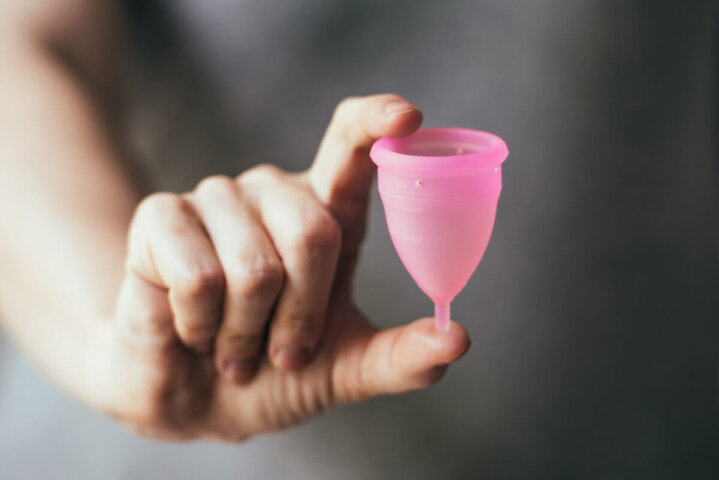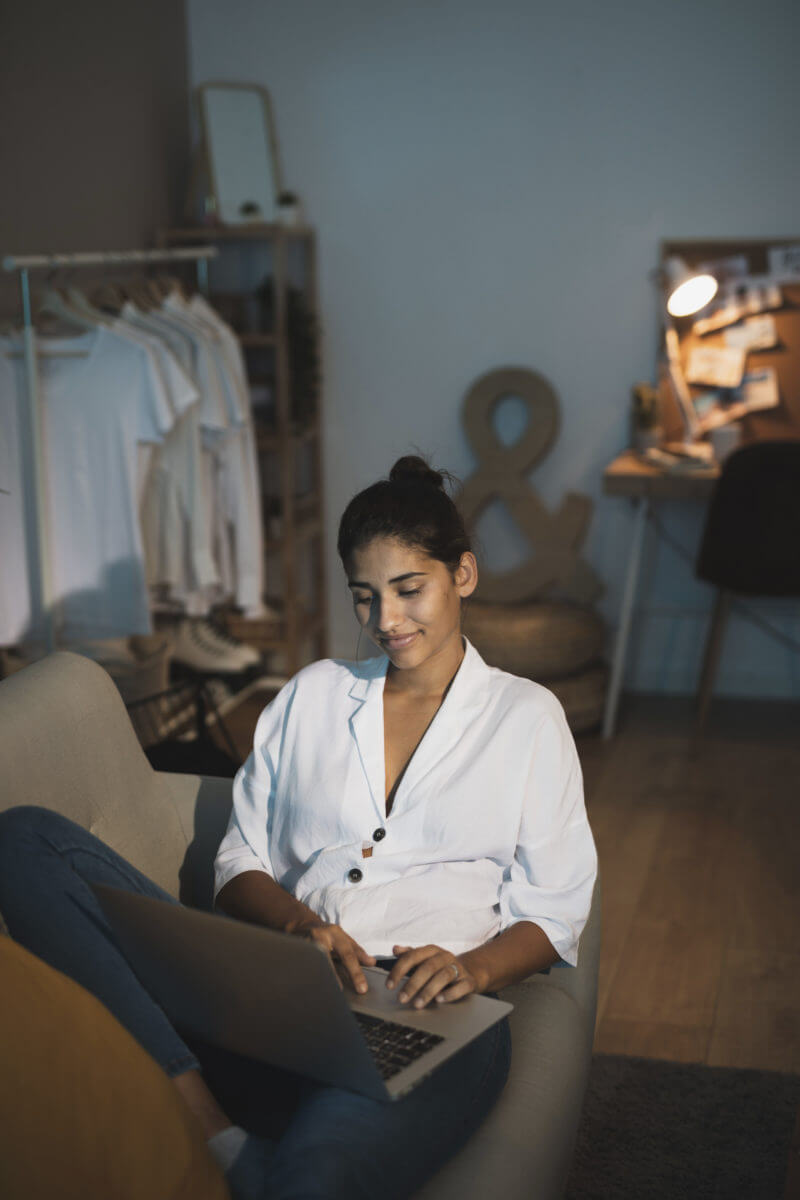
Plastic free menstruation
Let’s talk about plastic in the menstrual products we have been buying for so many years. You might be thinking that you read that wrong, we knew plastic is in our clothes and food but now we are learning that plastic is in our menstrual products. Gosh!! Why would anybody knowingly sell products that are damaging to our personal hygiene and to the planet. The answer to that will require another article on what corporate greed is doing to humanity and why we need to become more mindful consumers and start ensuring that there is traceability in the products we buy.
Coming back to our monthly red flow visits, did you know that most commercial pads available in the market have synthetic materials including plastics, adhesives, artificial fragrances, toxic chemicals like phthalates, dioxins and petrochemical additives. Some pads also contain chloroform which is a carcinogen and acetone. Yuk!! When I started understanding how damaging commercial pads are to personal hygiene and the thought of millions of non biodegradable pads lying in landfills on Gods green earth literally made me have a meltdown. I was under the assumption that all pads are biodegradable. Furthermore, the average woman will use 15,000 disposable menstrual pads in her lifetime and it apparently takes more than 100 years for these pads to biodegrade. Luckily, there are various options available for eco conscious consumers today to ditch the synthetic pads and move towards plastic free menstruation.
When exploring safer plastic free alternatives, here are some things to consider.
Are the materials used biodegradable and safe
Is the packaging eco friendly
In my opinion as a writer who focuses on climate change issues, I constantly meet brands working towards creating products which mitigate climate change. I have learnt a few important things that I would like to share. The healthiest option for you and the planet will be pads made from organic and toxin free materials which have minimal packaging and are not single use. The use and throw culture has got to change so the best option is a menstrual cup, reusable pads and reusable underwear. All of these options prevent tons of plastic waste. Reusable pads and underwear are usually made from organic cotton and they are so much softer than the plastic pads. They also come in various sizes depending on your need. Menstrual cups made from silicone or rubber are gaining traction as an eco alternative to conventional tampons and I personally recommend this option because I find it extremely convenient. I made the switch more than a year back and it is one of the best decisions I have made towards a more conscious and mindful lifestyle.


These options might not suit everyone, if you are someone who chooses to use disposable pads, the best option is to find brands which are making non plastic biodegradable pads. Fortunately, there are a few companies making pads from coconut fibre, banana fibre, bamboo fibre etc. which are 100% biodegradable. I have not personally come across any in Thailand but there are a few in India. I worked on a small project with an organisation in India which is educating women on the importance of plastic free menstruation. I learnt about a few different biodegradable pads which are safe for human use from them. I was very impressed to see the work the organisation is doing at the grass root level to educate women and to eradicate plastic from menstrual products.
Have you already started your journey towards plastic free menstruation? What are the issues which are holding you back? I would love to hear from you and answer your questions. For more queries, kindly get in touch with me @[email protected] and I will answer all your questions and hopefully we can all collectively ensure that we can eradicate plastic from menstrual products and move towards a plastic free menstruation.



